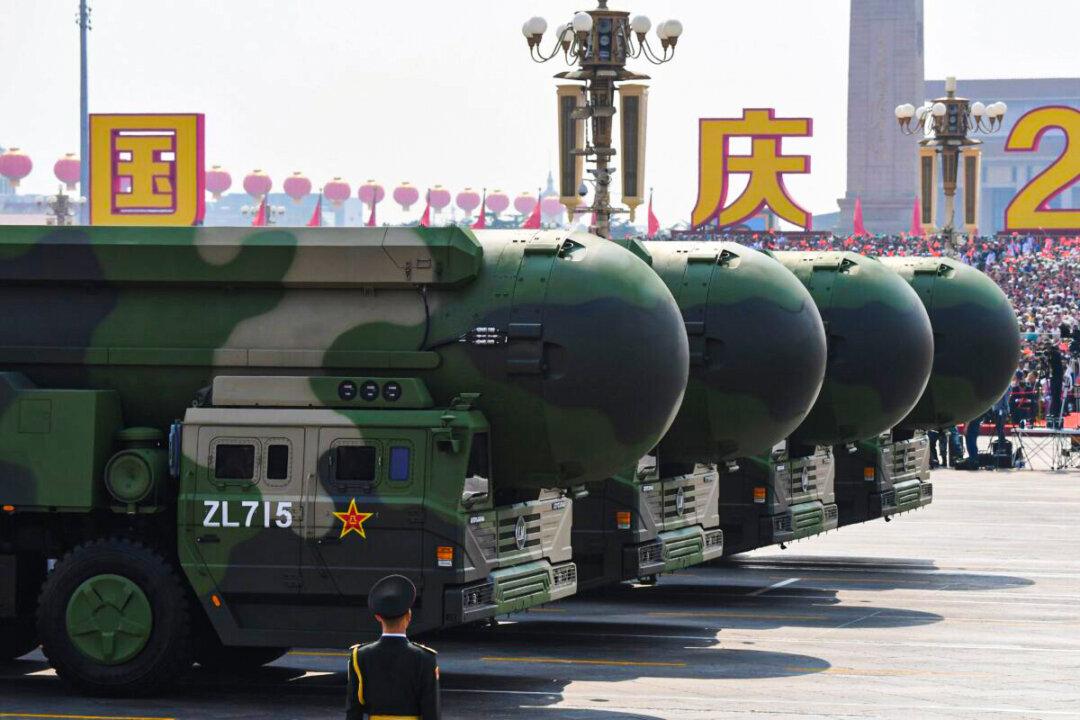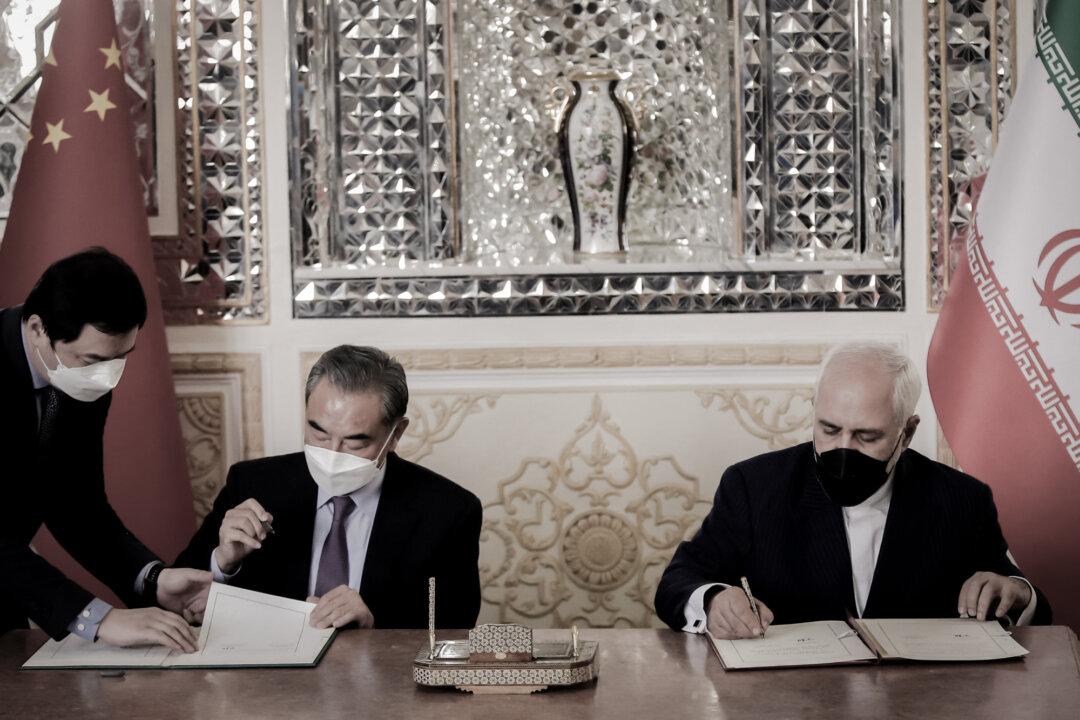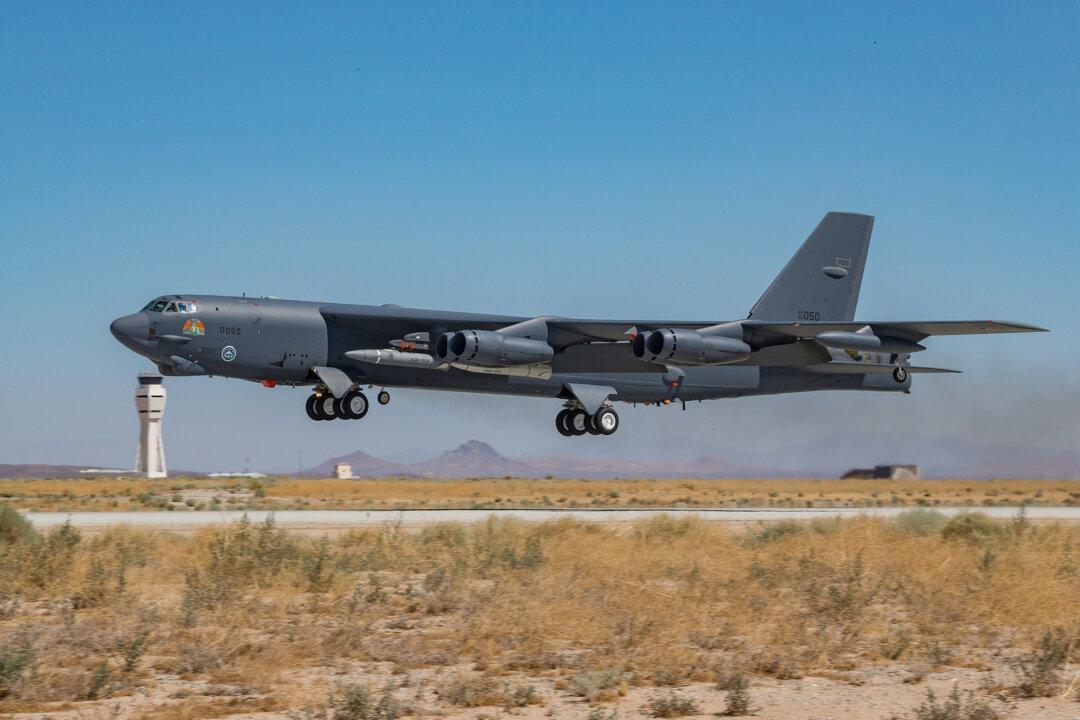Commentary
With the original Cold War long faded in the rear-view mirror, there are terms of art that have been forgotten. Two key terms drove the dialogue on the American–Soviet nuclear standoff of the Cold War: “bomber gap” and “missile gap.” They were powerful terms that the average American citizen or average politician could understand.





